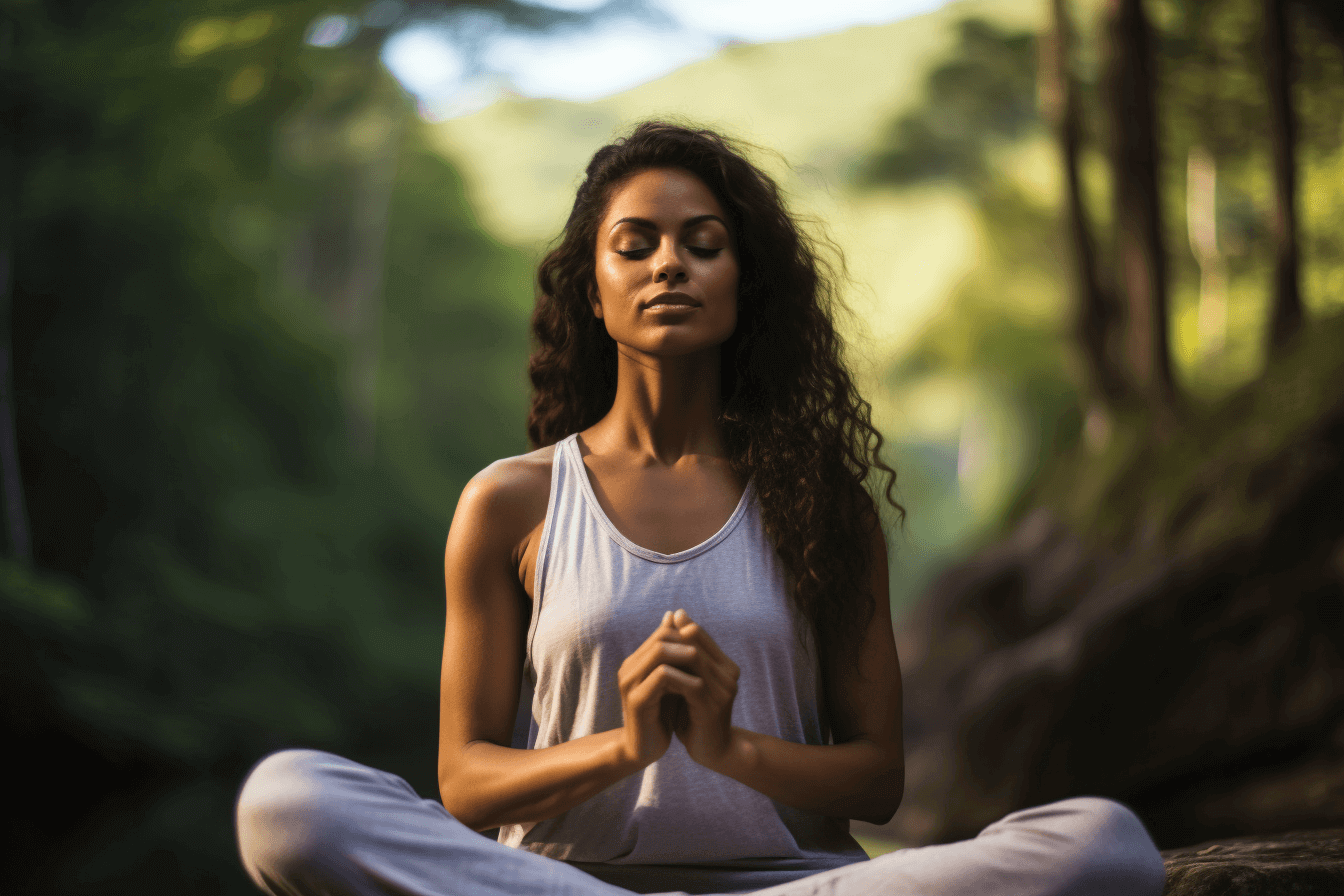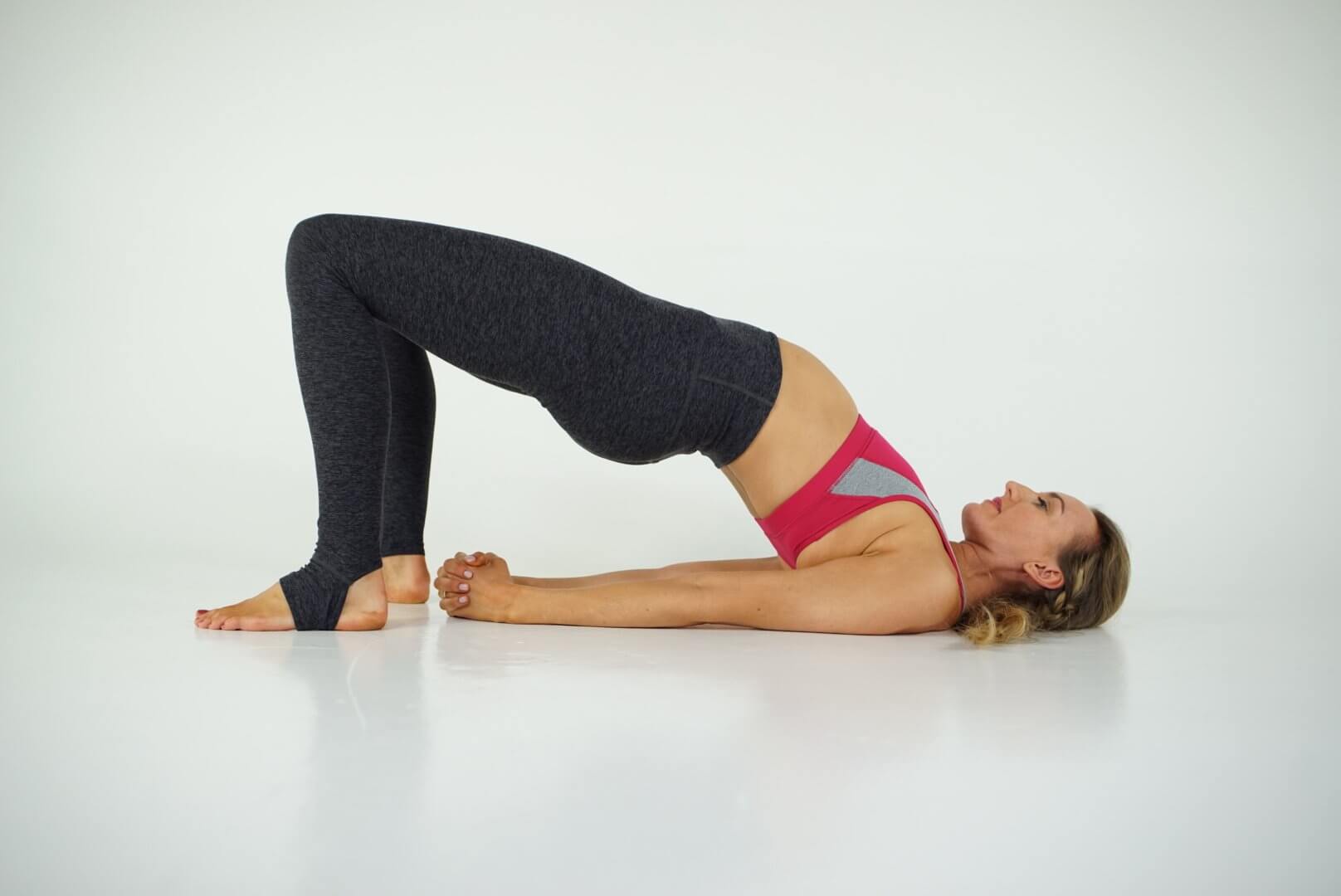
Although Thanksgiving Day has passed, giving thanks isn’t something to be relegated to just one day of the year. It’s an every day thing, and that ongoing gratitude is something that supports our health and well-being, as well as our hearts and our minds. Gratitude sustains us.
Of course, if you once have an ongoing gratitude practice, you know this. And if you don’t, read on for some ideas on how you can get one started (and help the kids in your world get one started, too)
Lynea had just finished helping a student lead her second grade peers through our Hoberman Sphere zoetic process, followed by the Compliment Game. “What are three reasons why we requite compliments to each other?” she asked the class.
“It makes the other person finger good,” said one student.
“It makes US finger good,” said another.
“It helps develop friendships,” offered a third.
It seems so simple, doesn’t it – how just the simple act of looking for something positive in flipside and saying it out loud can transpiration how we feel, how the other person feels, and plane the climate of the classroom?
And it’s infectious.

Building relationships underlies everything we do with Yoga Calm. And for that, there’s nothing increasingly powerful than gratitude practices – and nothing increasingly emotionally rewarding and spiritually uplifting.
So, take a moment – right now – to write lanugo three things you’re grateful for. Then take a deep vapor and reflect on them for a minute or two…
How do you finger now? Does the world squint a little bit different? Do you finger closer to yourself and your feelings? Now envision a world in which everyone takes a few moments each day to express gratitude.
Is this too big of a stretch?
Not really. For when we practice gratitude the world does change – at least our perception of it, and that’s what matters most. As we connect with the gifts of our family and friends, the supplies we eat, the eyeful of the natural world, and requite thanks we wilt happier, our deportment change, and others “catch it,” too.
Looking at the world’s problems from a perspective of what tools and skills we have – vs. just focusing on the problems and their effect on us – creates possibilities and, most importantly, a positive, “can do” attitude.
For years now, research has supported the notion that gratitude isn’t just good for the soul but the body, as well.Gratitude is associated with higher levels of good cholesterol (HDL), lower levels of bad cholesterol (LDL), and lower systolic and diastolic thoroughbred pressure, both at rest and in the squatter of stress. It moreover has been linked with higher levels of heart rate variability, a marker of cardiac coherence, or a state of harmony in the nervous system and heart rate that is equated with less stress and mental clarity. Gratitude moreover lowers levels of creatinine, an indicator of the kidney’s worthiness to filter waste from the bloodstream, and lowers levels of C-reactive protein, a marker of cardiac inflammation and heart disease.
More, neuroscience suggests that the practice has long-term effects on the brain.
One recent fMRI study, for instance, found that smart-ass changes persisted months without the initial round of testing was done. Participants who felt the most gratitude “showed greater neural sensitivity in the medial prefrontal cortex, a smart-ass zone associated with learning and visualization making.” They moreover showed greater worriedness in this zone “when they experienced gratitude in the fMRI scanner.”
Then there’s the pioneering research of Philip Watkins from Eastern Washington University, who has explored the relationship between gratitude, happiness, and well-being.For example, we recently published a study where each participant completed an exercise every day for one week. In our treatment of interest — the gratitude 3-blessings intervention — students listed three blessings from the last 48 hours, and then they wrote well-nigh how each of these “good things” made them finger grateful. We found tha t the happiness of those in the gratitude 3-blessings treatment increased significantly increasingly than a placebo group and flipside group that recalled “3 good things” without gratitude. Thus, it wasn’t simply recalling good memories that made people happy; grateful processing of those memories was important to enhancing well-being.Moreover, we unquestionably found that the happiness of those in our gratitude group kept going up without treatment, while the happiness of those in the other groups was returning to pretreatment levels. Our results suggested that it was not that the gratitude exercise simply made people momentarily happy, but that it reverted their thinking in some way that promoted their future well-being. [emphasis added]

Given Dr. Watkins’ research in particular, we can see how reflecting on and then processing the things we are grateful for (through writing, for instance, or artwork) may be most constructive for nurturing well-being and may have the most lasting benefits.
Here are three simple things you can do to kickstart that kind of a gratitude practice for yourself or the youth you work with. It only takes a few minutes each day to…
Disclaimer: SPIRITUAL DEVOUT claims no credit for images featured on our blog site unless otherwise noted. All visual content is copyrighted to its respectful owners.